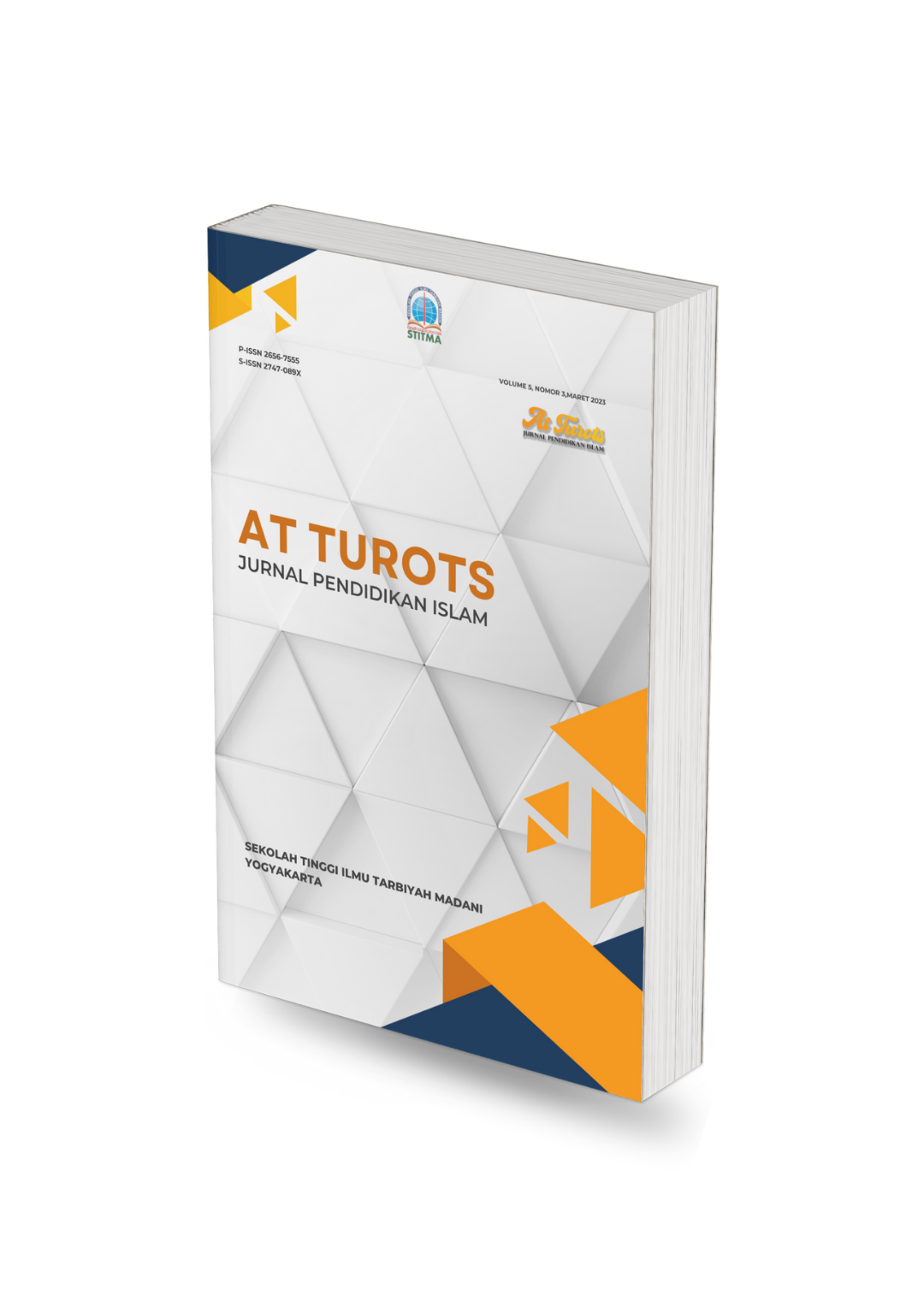The use of digital technology in hadith studies
DOI:
https://doi.org/10.51468/jpi.v7i1.864Keywords:
digital technology, hadith studies, hadith softwareAbstract
Hadith studies are a crucial field in Islamic scholarship, requiring meticulous methods for validating and verifying the matan (text) and sanad (chain of transmission). With the advancement of time, digital technology has significantly impacted various fields of knowledge, including hadith studies. The use of digital technology, such as hadith software, digital databases, and text search applications, has facilitated the process of collecting, classifying, and analyzing hadith. This technology enables quick access to primary hadith sources scattered across different locations, and it helps researchers analyze both sanad and matan more efficiently. This study aims to examine how digital technology is used in various aspects of hadith studies, such as data collection, information management, and the verification of sanad and matan authenticity. It also explores the benefits and challenges faced by scholars and researchers in utilizing this technology, including the role of hadith software and digital databases in enhancing academic research. The study concludes that while digital technology offers significant advantages in improving the efficiency and accuracy of hadith studies, challenges related to data accuracy, information management, and accessibility still require further attention.
References
Dalimunthe, R. P. (2019). Efektivitas aplikasi Lidwa Pusaka terhadap pembelajaran hadits dan ilmu hadits di jurusan ilmu hadis.
Fikriyyah, D. U. (2016). Telaah aplikasi hadis (lidwa pusaka). Jurnal Studi Ilmu-Ilmu Al-Qur’an Dan Hadis, 17(2), 271–286.
Hartinah, S. (2009). Pemanfaatan alih media untuk pengembangan perpustakaan digital. Visi Pustaka, 11(3), 13–18.
Hasanah, U., & Hifni, A. (2024). Digitalization and the Challenges of Hadith Dissemination in the Modern Era: Digitalisasi dan Tantangan Penyebaran Hadis di Era Modern. Takwil: Journal of Quran and Hadith Studies, 3(1), 55–69.
Hidayat, M. S., Alam, F., & Qudsi, Z. (2019). Kontribusi Ahmad Lutfi Fathullah dalam Kajian Hadis Indonesia Melalui Aplikasi Perpustakaan Islam Digital. Riwayah: Jurnal Studi Hadis, 5(2), 355.
Indonesia, K. H. (n.d.). Digitalisasi Hadis Ala Pusat Kajian Hadis (PKH): Distribusi, Ciri, dan Kontribusi dalam Kajian Hadis Indonesia.
Kamaluddin, A. (2023). Naqd As-Sanad: Metodologi Validasi Hadits Shahih. MUSHAF JOURNAL: Jurnal Ilmu Al Quran Dan Hadis, 3(2), 229–239.
Malik, H. A. (2017). Naqd Al-Hadits Sebagai Metode Kritik Kredibilitas Informasi Islam. Journal of Islamic Studies and Humanities, 1(1), 37–66.
Maulana, L. (2016). Periodesasi Perkembangan Studi Hadits (Dari Tradisi Lisan/Tulisan Hingga Berbasis Digital). ESENSIA: Jurnal Ilmu-Ilmu Ushuluddin, 17(1), 111–123.
Muzakky, A. H., & Mundzir, M. (2022). Ragam Metode Takhrij Hadis: Dari Era Tradisional Hingga Digital. Jurnal Studi Hadis Nusantara, 4(1), 74–87.
Nikmah, S. (2023). Perkembangan Hadis Di Era Digital. Maqamat: Jurnal Ushuluddin Dan Tasawuf, 1(1), 1–11.
Radiansyah, D. (2018). Pengaruh Perkembangan Teknologi Terhadap Remaja Islam (Studi Kasus di Kampung Citeureup Desa Sukapada). JAQFI: Jurnal Aqidah Dan Filsafat Islam, 3(2), 76–103.
Rahman, A. (2017). Pengenalan Atas Takhrij Hadis. Riwayah, 2(1), 146–161.
Rosyad, S., & Alif, M. (2023). Hadis di Era Digital: Tantangan dan Peluang Penggunaan Teknologi dalam Studi Hadis. Jurnal Ilmu Agama: Mengkaji Doktrin, Pemikiran, Dan Fenomena Agama, 24(2), 185–197.
Shah, F. A. (2010). Takhrij hadith: teknik pencarian hadith yang tepat dan berkesan. Jabatan Al-Quran dan Al-Hadith, Akademi Pengajian Islam, Universiti Malaya.
Suryadilaga, M. A. (2014). Kajian Hadis Di Era Global. Esensia, 15(2), 199–211.
Suryadilaga, M. A. (2020). HADIS DAN MEDIA: Sejarah, Perkembangan Dan Transformasinya. KALIMEDIA bekerjasama dengan Program Studi Ilmu HadisFakultas Ushuluddin dan ….
Syahid, S. M. M., & Sakinah, E. H. (2023). Aplikasi Hadisku Sebagai Media Penyebaran Hadis Era Revolusi 5.0. Al-Mu’tabar, 3(2), 36–44.
Tamia, F., Yuslem, N., & Siregar, M. N. (2024). Naqd Sanad Sebagai Metode Validasi Hadits. Khidmat, 2(2), 432–438.
Tangngareng, T. (2020). Orisinalitas Hadis Nabi Saw. Perspektif Islamolog. Tahdis: Jurnal Kajian Ilmu Al-Hadis, 11(1).
Toffler, A. (1982). Alvin Toffler’s The Third Wave. Triwave Productions Incorporated.
Ummah, S. S. (2019). Digitalisasi Hadis (Studi Hadis Di Era Digital). Diroyah: Jurnal Studi Ilmu Hadis, 4(1).
Wahyuningsih, S. (2019). THE HADITH DIGITIZATION IN MILLENNIAL ERA: A Study At Center For Hadith Studies, Indonesia. Qudus Inte(7), 1.
Zed, M. (2008). Metode penelitian kepustakaan. Yayasan Pustaka Obor Indonesia.
Zulkipli, S. N., Yaacob, Z., Anas, N., Syukri, M., Abidin, M., Ahmat, A. C., & Yakob, M. A. (2017). Takhrij al-Hadith via mobile apps: study of 9 Imam Encyclopedia, Kutub Tis ‘ah and Mawsu ‘ah al-Hadith al-Nabawi al-Syarif. International Journal of Academic Research in Business and Social Sciences, 7(6), 1174–1185.
















